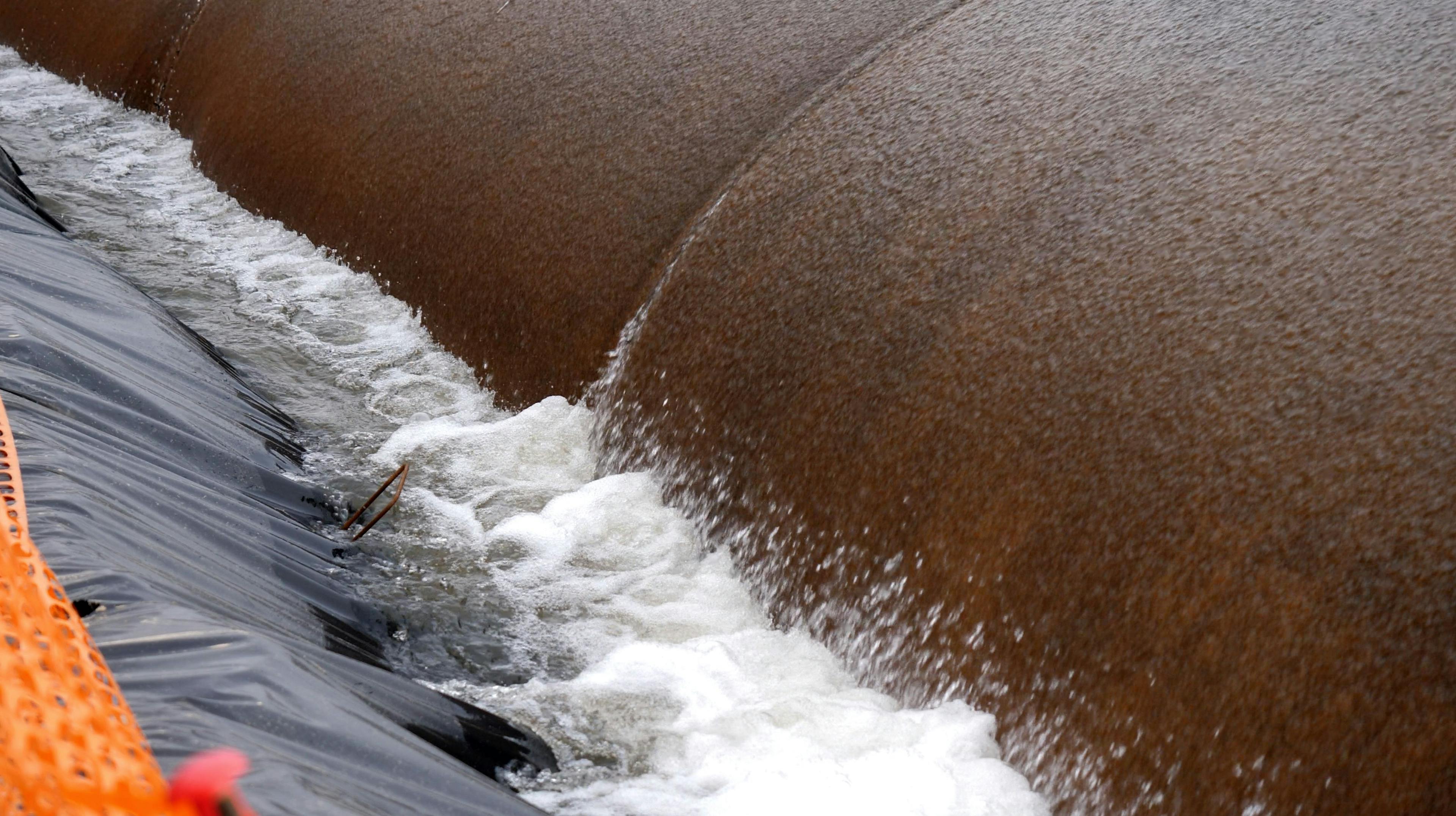
How dry is too dry in sludge dewatering?
The degree of dryness depends on several key factors:
1. Importance of drying:
Quick drying is essential when:
The slurry in the tubes needs reprocessing for mineral extraction.
Tubes form the base layer for structures like stacked containments.
However, if the slurry remains within a GEOTUBE® unit, immediate drying isn't as crucial. Such slurries are stable and won't rehydrate or leak, even in harsh weather.
2. Type of slurry:
Different slurry types have varying solid concentrations. The table below (not provided) shows typical concentrations and potential dryness improvement after a pump cycle. Ultimate dryness, however, is weather-dependent. Nonetheless, GEOTUBE dewatering technology consistently offers enhanced dryness, reducing overall volumes.
3. Tube design:
The GEOTUBE dewatering unit's design should match the slurry type and volume. For instance, granular slurry behaves differently than biosolid waste inside the tubes. Hence, while standard tubes work for some projects, others might need custom-designed tubes for even filling and maximum solid capture.
4. Polymer and weather impacts:
Polymers can enhance the dewatering process by binding particles and allowing clear water to pass through the tube fabric. Testing can determine the best polymer type and dose for optimal dewatering. GEOTUBE systems generally require less polymer than mechanical dewatering systems.
In tropical climates, dewatering can continue even during rain. GEOTUBE contents remain stable during rainfall, whereas sunny weather expedites drying. For large-scale projects, a pilot tube trial can help predict the achievable dryness and dewatering duration.
GEOTUBE system:
This system efficiently retains solids in various slurry types. The size of GEOTUBE units can range from small bags to massive containers holding over 3,000 m³ (105,944 ft³) of dry cake. To confirm the ideal solid concentration and polymer dosage, preliminary tests, such as the Rapid Dewatering Test or GEOTUBE Dewatering Test, can be helpful.
Explore more blogs
View allHow to combine engineered earth armoring with greywater treatment
Resilient water management by combining greywater recycling with engineered earth armoring for irrigation, erosion control, and increased property value.
How can geosynthetics help energy transition?
Geosynthetics accelerate agricultural outputs and improve resilience by optimizing water management through enhanced irrigation efficiency and providing structural stability to agricultural infrastructures like dams and reservoirs.
How can geosynthetics accelerate agriculture outputs and improve resilience?
Geosynthetics accelerate agricultural outputs and improve resilience by optimizing water management through enhanced irrigation efficiency and providing structural stability to agricultural infrastructures like dams and reservoirs.